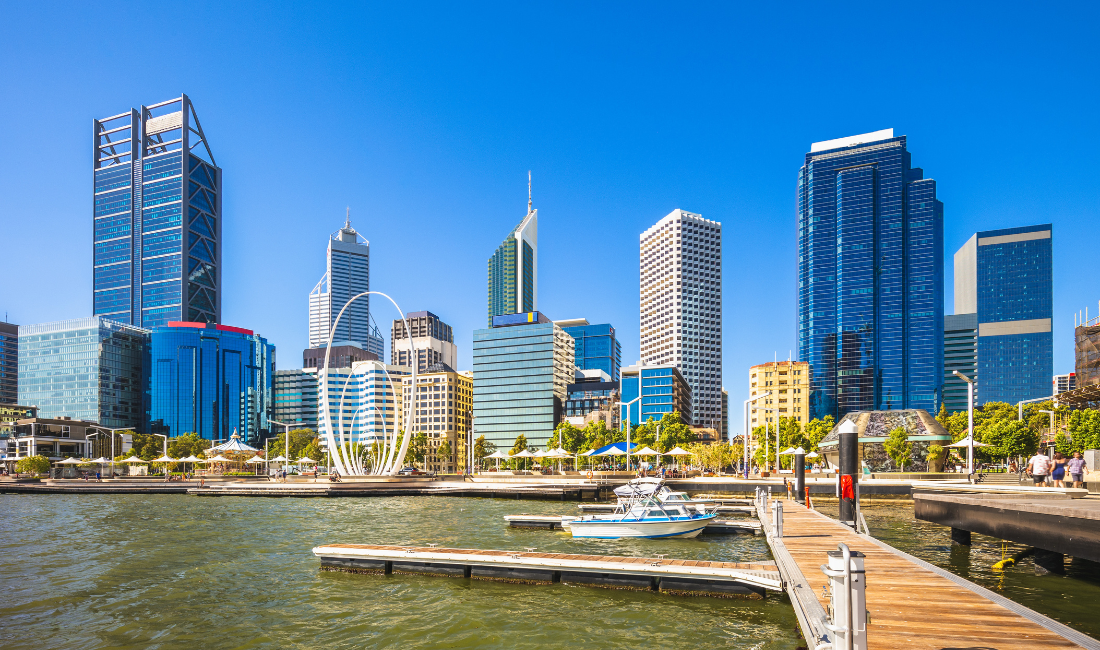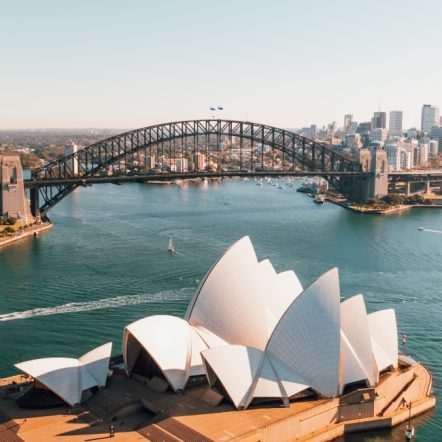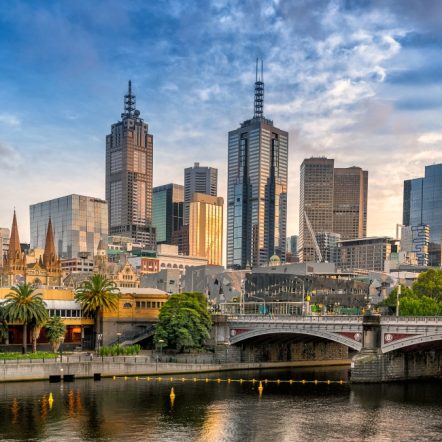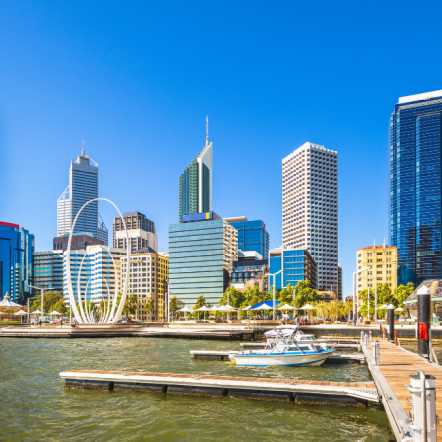The Subclass 400 Temporary Work (Short-Stay Specialist) visa is for short-term assignees who will be in Australia for highly specialised, non-ongoing work or to participate in an event at the invitation of an Australian organisation.
This visa is usually granted for a stay of up to three months, although up to six months may be granted with a strong business case. This visa cannot be renewed onshore, but in some circumstances, can be applied for again from outside Australia, in the event that a return visit is required due to the scope and nature of the work.
The Subclass 482 Skills in Demand visa is designed for employers wishing to sponsor overseas workers to fill nominated skilled positions in Australia on a temporary basis (typically 4 years, with the option to renew onshore).
The 482 Visa is divided into three streams: the Specialist Skills stream, the Core Skills stream and the Labour Agreement stream.
The applicant must have relevant skills and experience, in addition to satisfying core health, character and English criteria.
The Subclass 494 Skilled Employer Sponsored Regional (Provisional) visa alternative allows Australian employers to fill skilled positions in Regional Australia.
There must be a Standard Business Sponsorship (SBS) or Labour Agreement, and a Nomination either approved or submitted before an employer support visa application can be lodged. Where there is no applicable exemption, nomination applications must include evidence that Labour Market Testing has been undertaken. The market salary rate must be satisfied and the position eligible for sponsorship. A Skilling Australians Fund (SAF) levy is payable.
Standard Business Sponsorship (SBS) allows Australian and overseas businesses to sponsor foreign nationals for temporary work visas, predominately the Skills in Demand (SID) visa. In order to be approved as a sponsor, the business needs to demonstrate that it is actively and lawfully operating, and that no adverse information is known about the business. An SBS is valid for five years from the date of approval. Once approved, the business is then eligible to nominate an unlimited number of applicants until the SBS expires. As an approved sponsor, the business is obliged to abide by the relevant sponsorship requirements. These sponsor obligations are wide reaching and aim to ensure program integrity, including that overseas workers are not disadvantaged. Our Australian immigration experts will assist you in obtaining and maintaining your SBS by providing you with the support you need to maintain compliance.
Accredited Sponsorship Status – Sponsors who qualify for accredited status will receive streamlined processing of their applications. In order to qualify, the business must show that it meets additional requirements relating to, for example, the percentage of Australian employees in its workforce, turnover and usage of the 482 visa program.
The Subclass 186 Employer Nomination Scheme (ENS) is a permanent residency pathway which allows Australian employers to align highly-skilled positions in Australia on a permanent basis with nominated skilled talent. Depending on their eligibility, qualifying employees can access this visa through one of three available streams, notably the Temporary Residence Transition stream, the Direct Entry stream and the Labour Agreement stream.
In all streams, the nominating employer is required to lodge a nomination application for the position of the visa applicant and demonstrate that there is a genuine need for the visa applicant to fill the position.
Nationals of New Zealand may travel to Australia and take up employment without restriction and without the need to apply for a visa. New Zealand Citizens are granted a Subclass 444 Special Category visa at the border every time they enter Australia. Please note this arrangement does not apply to permanent residents of New Zealand.
At Newland Chase our immigration experts can support you with all relevant advice and visa applications, including end-to-end support with:
- Subclass 482 Skills in Demand
- Subclass 494 Skilled Employer Sponsored Regional (Provisional)
- Standard Business Sponsorship & Accreditation
- Labour Agreements
- Subclass 186 Employer Nomination Scheme (ENS)
- General Skilled Migration (subclass 189 & 190 visas)
- National Innovation Visas
- Subclass 485 visas
- Subclass 407 training visas
- Subclass 403 International Relations visas
- Subclass 408 temporary activity visas
- Temporary & Permanent Partner visas
- Parent visas
- Child & adoption visas
- NZ citizen family relationship visas
- Resident return visas
- Citizenship
- Visitor visas








